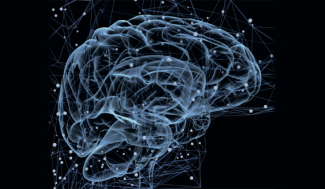Compulsive Obsessional Disorders (OCD) is the 4th most frequently treated psychiatric illness after phobias, addictions and depression.
Patients with OCD have two main categories of OCD symptoms: obsessions and compulsions. This disease disrupts behavior, thinking, and emotion, and in some cases can be severe, causing a major handicap in patients’ daily lives and even a major disruption, with obsessions preventing concentration and compulsions that can “occupy” the patient for up to 8 or 9 hours a day.
Obsessive Compulsive Disorder
Obsessions are repeated, involuntary thoughts, images or impulses that occur regularly in an impromptu manner and that the person with OCD cannot escape and that cause intense anxiety. They are usually associated with suffering, risk to the patient or those around him or her, or death.
The obsessions are very often based on responsibility, or even guilt, for the consequences of a bad performance of past, present or future acts that give rise to pervasive doubts.
The most common toc obsessions are:
- The risk of contamination, accident, assault, harm to others, loss. Patients may, for example, be obsessed with the risk of viral contamination from a door handle, or someone else’s hand, and should disinfect their hands with bleach after every contact with an object or other person.
- The risks of forgetting, such as forgetting to lock the door
- Disorder, lack of alignment, symmetry or regularity of things
Compulsions in OCD
Compulsions lead to repeated behaviours, rituals whose main purpose is to allay or even to suppress the anxieties resulting from obsessions. These are excessive, repetitive behaviours with no real justification that may be visible, such as washing hands for more than 2 hours a day or checking a door closed more than 30 times or invisible, such as mental calculation or repetition of words.
Rituals in Compulsive Behaviour Disorder
Rituals should generally be conducted in strict order, and patients may have to repeat the ritual if it has been interrupted or if they think they have made a mistake. For example, some patients check the mail in their mailboxes at least 20 times from left to right. This ritual should be repeated at the beginning if they lose count or start from the right.
Some rituals are directly related to anxiety, such as washing hands after contact with objects, others are unrelated to obsession, such as counting to 50 before leaving home, starting with the left foot.
Some patients are aware of the excessive nature of their behaviour but are unable to avoid it and therefore hide from others in order to achieve it.
A majority of OCD patients have other associated mental disorders, 75% have anxiety disorders, 60% have major depressive disorder or bipolarity.



